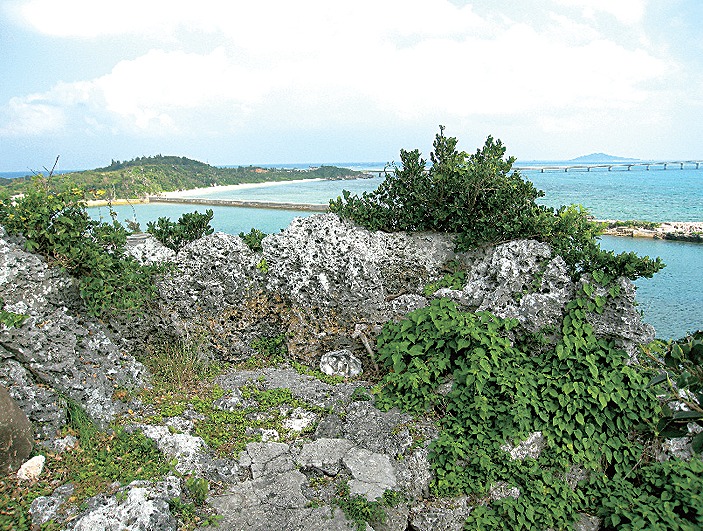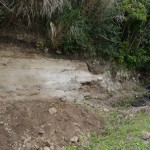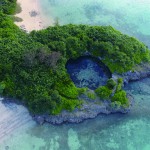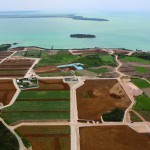【National Designation:Historic Site】Sakishima Islands Hibanmui “Tomibansho (Lookout)” Ikema Tomi
Five (5) locations in Miyakojima City (Ikema, Karimata, Shimajiri, Kurima, Uruka)
These sites are lookouts points that functioned as observation and reporting (using beacon fire) stations, watching over the maritime traffic. They were established by the Ryukyu government controlled under the Satsuma Clan during the Edo period, during the time when the nation was closed to the outside world in 1644. Located at the westernmost point in the Ryukyu Archipelago, the Sakishima Islands directly face the tensions in the East China Seas, and therefore, these lookouts are significant sites as they complete the closure of the nation at the time from the outside world.Located on a hill at the southern end of Ikema Island, the Ikema lookout overseas Ogami Island to the east and the city of Hirara in the south. The lookout is in a columnar shape, taking advantage of the bedrock, and there are steps laid to climb up and come down from the lookout. Until around 1950 or 1951, there was a stone compass, or Peiisu (pronounced pee-isu) set here; the direction indicator was column-shaped, 20cm in diameter and 55cm in height.
Beacon fires were used for communication among the islands in the Ryukyus (Okinawa) during the time of King Sho Ken (1644). According to lore, the lookout was manned by farmers, going on duty in rotation, and oversaw the navigation of national ships coming and going from the main island of Okinawa, and also to observe ships passing by, including foreign ships, and at times to search and discover derelict ships. Once a ship was observed from the lookout, the guard would burn beacon fires during the day, and at night, held up torches to signal the overseer.
Further, it is said that at the ridge of Hitatei, two farmers were placed on duty in rotation, and kept the fires stoked throughout the night to watch over the safe navigation of ships passing nearby. There is a reference to the Hitatei in the song, Uyakimazumiga,
≫View on a Google Map
 宮古島アプリの綾道(あやんつ)トップページ
宮古島アプリの綾道(あやんつ)トップページ 宮古島アプリの綾道(あやんつ)の内容
宮古島アプリの綾道(あやんつ)の内容 宮古島の3つのルート
宮古島の3つのルート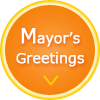 宮古島市長のあいさつ
宮古島市長のあいさつ 宮古島文化遺産紹介
宮古島文化遺産紹介